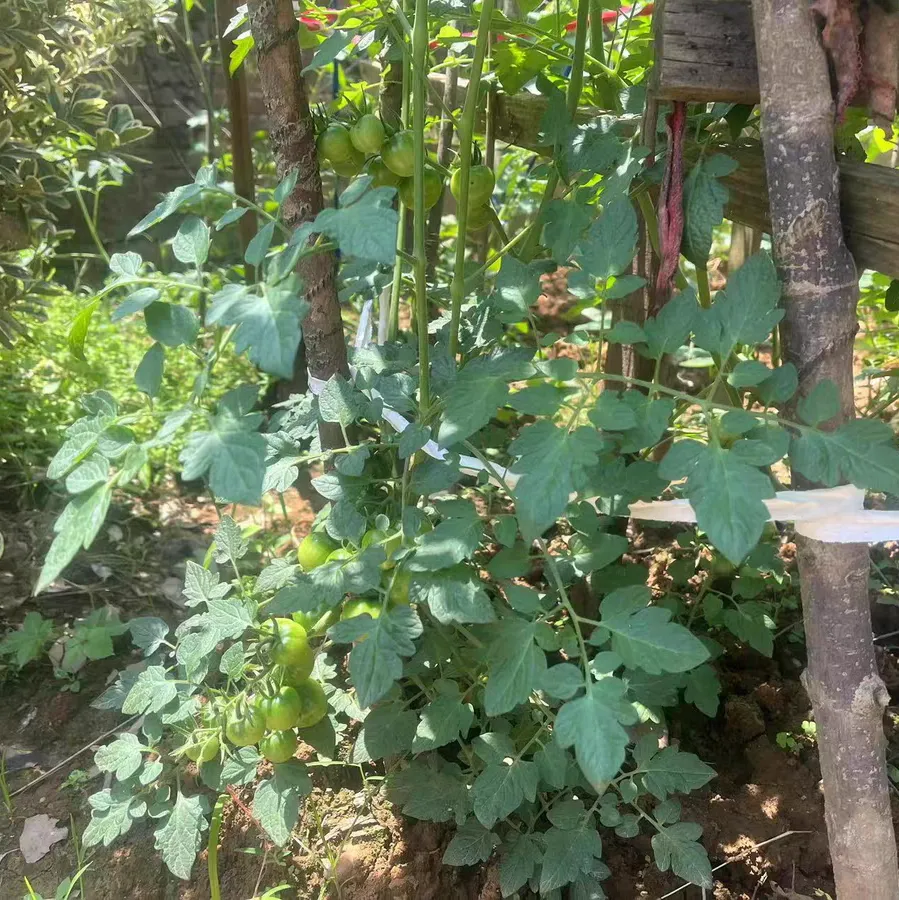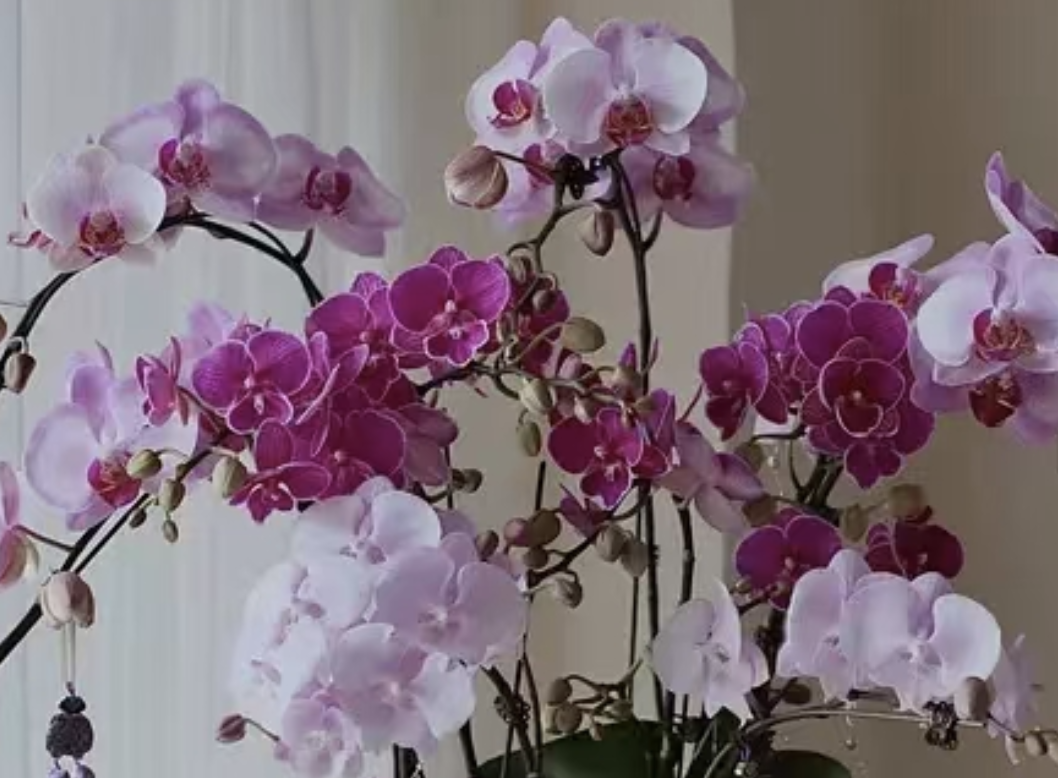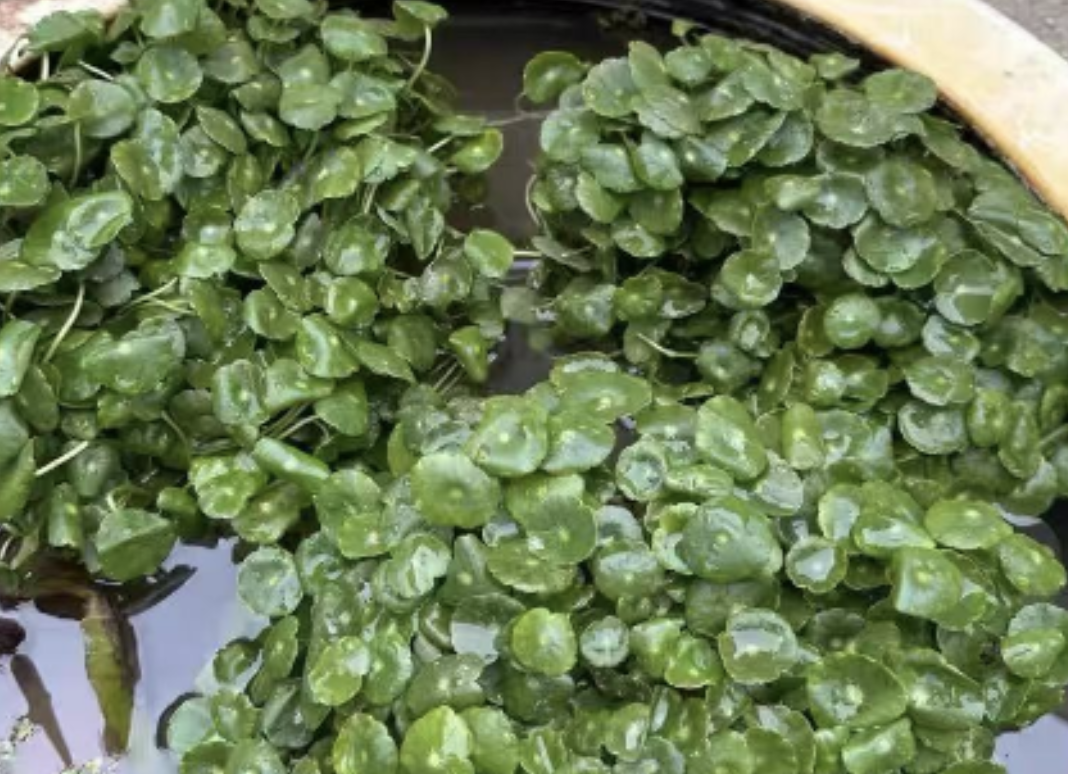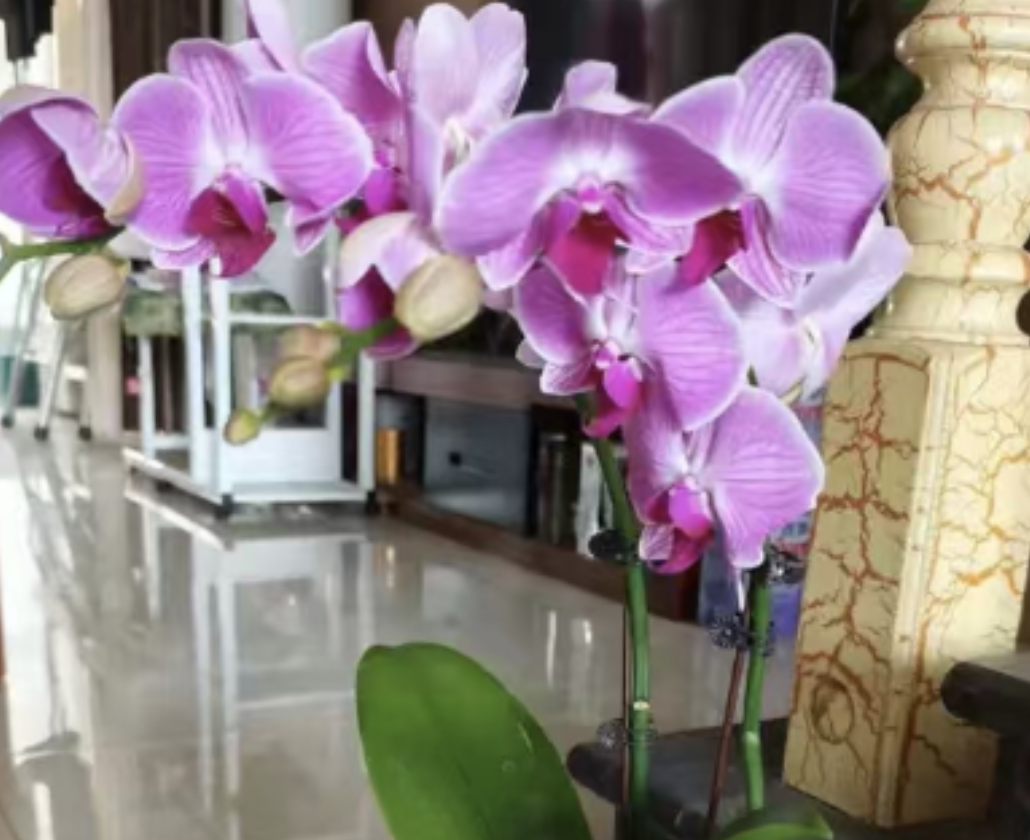When growing tomatoes, don't worry if you watch the small flowers bloom all over the branches and then fall off in droves. Today, I'll show you step by step how to find the culprit behind the flower drop and provide an ultra-detailed rescue plan.
### Temperature
The most suitable temperature for tomatoes during the flowering period is 24-26℃ during the day and 12-14℃ at night. Once the temperature exceeds 30℃ during the day or drops below 10℃ at night, the pollen loses its activity, making pollination impossible at all!
First-aid plan: On hot days, pull up a sunshade net to cool down, and spray water around the plants with a spray bottle at noon (avoiding the flowers!). On cold days, cover the plants with plastic bags or old quilts at night, and use a small heater to locally increase the temperature. Balcony growers must have a thermometer to monitor temperature changes in real time.
### Pollination
Tomatoes in a closed balcony have no wind or insect pollinators to help, so pollination can't be completed.
Artificial pollination:
- Cotton swab method: Gently brush the stamens with a cotton swab and then apply it to the pistils, operating from 9 am to 11 am every day.
- Vibration pollination: Use an electric toothbrush to vibrate near the flower spikes for 5 seconds to simulate insect pollination.
- Window ventilation: Open windows for 2 hours in the morning and evening to create natural wind pollination conditions.
### Nutrition
Excessive nitrogen fertilizer causes the leaves to grow wildly, while deficiencies in phosphorus, potassium, and boron directly lead to "poor development" of flower buds.
Fertilization method: Water with potassium dihydrogen phosphate (diluted 1:1000) once a week before flowering to promote flower bud differentiation; apply more boron fertilizer (0.1% boric acid solution sprayed on leaves) during the flowering period to improve fruit set rate; in daily maintenance, alternate the use of organic fertilizers and compound fertilizers to ensure balanced nutrition.
### Moisture
Tomato roots "go on strike" when drought occurs and directly "rot" when water accumulates, so the flowers will naturally not be retained!
Watering method: Insert your finger 2cm into the soil, and water thoroughly only when it's dry; reduce the frequency of watering during the flowering period to avoid flowers falling off due to getting wet; place ceramsite at the bottom of the flowerpot, and add perlite to the soil to increase air permeability.
### Light
Tomatoes love sunlight and need at least 6-8 hours of direct light every day. Insufficient light means they can't even produce enough nutrients for their own consumption.
Light supplement methods: Rotate the flowerpot every day to ensure the plants receive light evenly; use a full-spectrum fill light for 4 hours on cloudy days or when light is insufficient; promptly prune overly dense leaves to avoid mutual shading.
### Pests and Diseases
Whiteflies and aphids will directly suck the sap of flowers, and gray mold and early blight will even "gnaw" on the flowers! Once pests and diseases break out, flower drop is just the beginning!
Prevention and control methods: Spray mancozeb (diluted 1:800) once a week; hang yellow sticky traps to catch flying insects, and use a cotton swab dipped in soapy water to eliminate aphids when found; use iprodione for gray mold and imidacloprid for whiteflies, strictly diluting according to the instructions.
### Maintenance Tips
- Regular pruning: Promptly cut off diseased and old leaves to reduce nutrient consumption.
- Support with stakes: Build a bamboo pole frame after flowering to prevent the plants from lodging and damaging the flowers.
- Homemade fertilizers: Fermented rice washing water and banana peel water are natural and nutritious.
- Record growth: Take photos with your mobile phone to record and detect abnormalities in time.
What causes tomato flowers to fall off as soon as they bloom?

Share with
Tagged in :




Leave a Reply